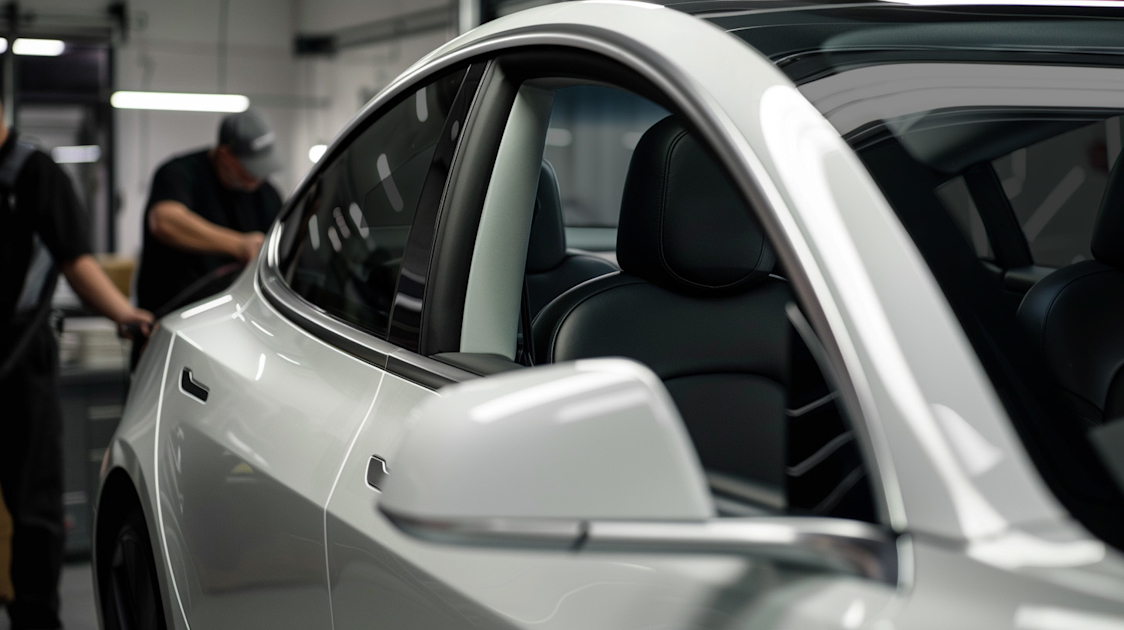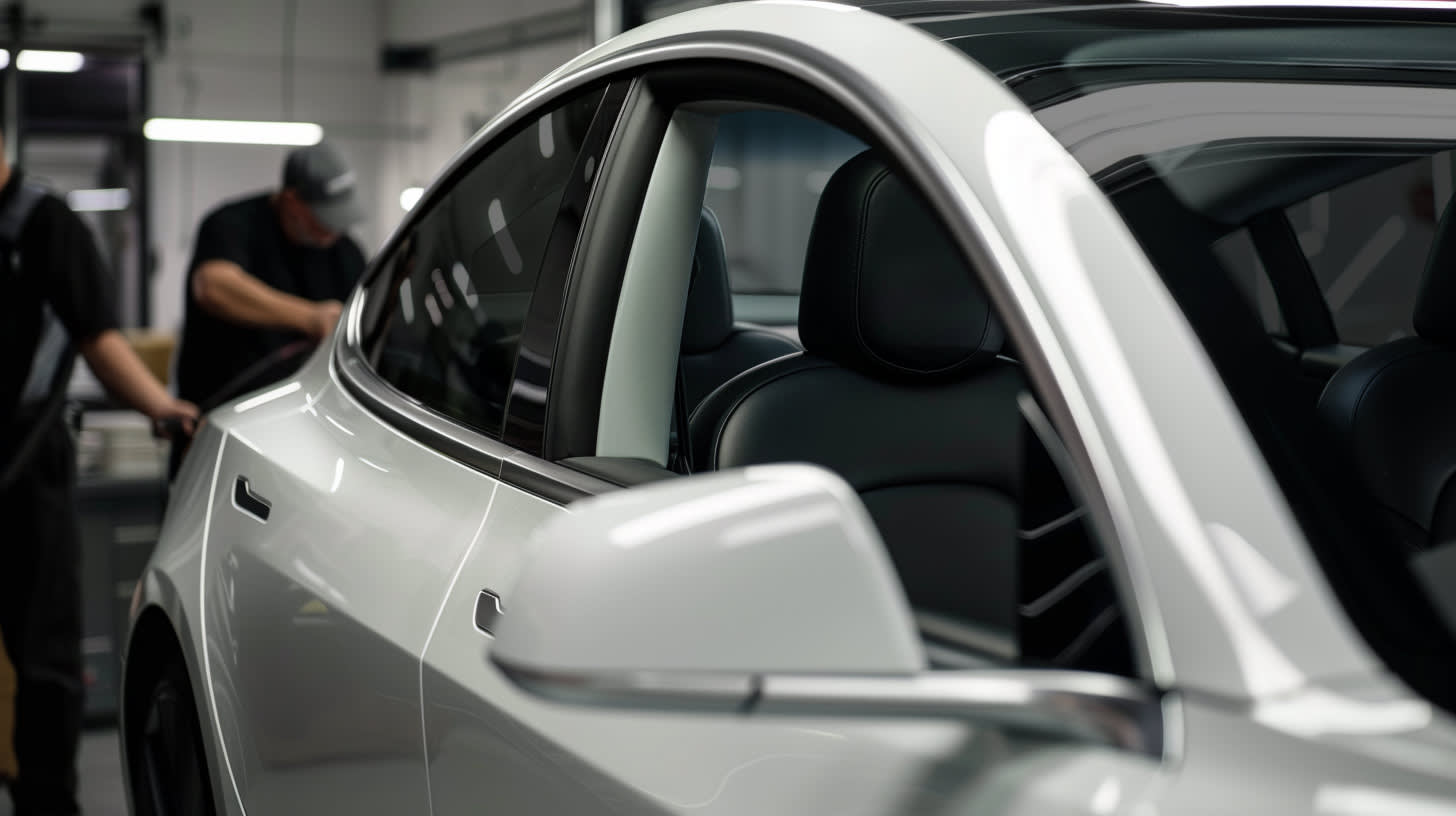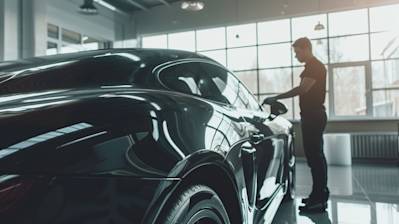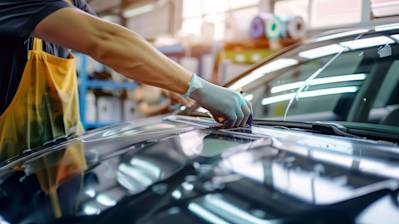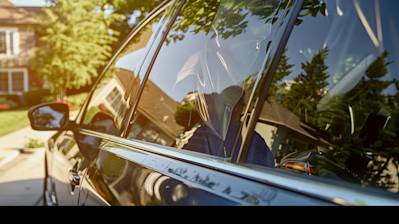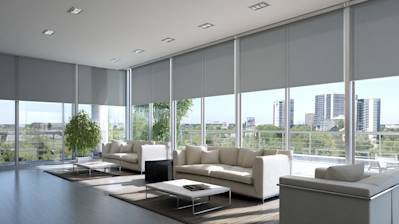We can all agree on this point: window tints do more than just enhancing the aesthetic appeal of your vehicle. They also provide protection against harmful UV rays, offer privacy, and reduce glare. But when it comes to choosing the perfect tint, the battle often comes down to ceramic tint vs regular tint. This article will delve into what each of these tints is, their benefits, their differences, and factors to consider when faced with choosing one over the other. Whether you're deciding on a tint for your vehicle or your home or office windows, the information provided in this article will be beneficial in helping you make an informed choice.
Understanding Regular Tint
Regular tint, often referred to as dyed window tint, is the most typical form of window tinting. This type of tint is made by adding a layer of dye between an adhesive layer and a protective polyester top coating. The dye absorbs the solar heat, thereby reducing the heat inside your vehicle, home, or office. However, it's crucial to note that regular tints are less effective in heat and glare reduction compared to ceramic tints. It's the most affordable tinting option available in the market and has a lifespan of up to five years with proper care and maintenance.
Ceramic Tint Explained
Ceramic tint is considered the top-tier option in window tinting. It incorporates a layer of ceramic particles known for being nonconductive and nonmetallic. This property gives it a considerable edge over other types of window tints. Ceramic window tints offer excellent heat and UV ray reduction, making them highly effective in maintaining the interior temperature of your vehicle or property. Besides, ceramic tints also boast superior durability, with the ability to last a decade or even longer, depending on the care you offer.
The Battle: Ceramic Tint vs Regular Tint
In the ceramic tint vs regular tint face-off, several factors come into play.
- Heat reduction: Ceramic tints perform much better in reducing heat. They can block up to 85% of the sun's heat, compared to the 50% offered by the regular tints.
- UV protection: Ceramic tints can block 99% of harmful UV rays, while regular tints offer about 75% protection.
- Visibility: Most regular tints are darker, reducing incoming light more than ceramic tints. However, ceramic tints offer better clarity, particularly at night.
- Price: Regular tints are generally more affordable than ceramic tints. However, considering the lifespan and cumulative benefits, ceramic tints could offer more value in the long run.
Other Considerations in the Ceramic Tint vs Regular Tint Debate
Installation
The installation process for both tints is generally the same, involving a meticulous cleaning of the windows, application of the tint, and ample time for drying. However, installing ceramic tints might require more expertise due to its superior quality and cost.
Lifespan
As mentioned, ceramic window tint generally lasts longer than regular tint. While regular tint might serve you for about five years, a well-maintained ceramic tint can last up to 10 years or even longer.
Regulations
Another important consideration in the ceramic tint vs regular tint battle is the regulations in your locality. Different regions have different rules regarding the level of tint darkness and reflectivity allowed on vehicles. Always be sure to check the local laws in your area before choosing a specific tint.
In conclusion, whether you choose a ceramic tint or a regular tint will depend on numerous factors, such as your budget, UV protection needs, durability expectations, and local regulations. Overall, both offer significant benefits, but ceramic tint offers superior protection, longevity, and clarity.
Frequently Asked Questions about Ceramic Tint and Regular Tint
What sets ceramic tint apart from regular tint?
Ceramic tint differs from regular tint in its material composition. Instead of using dye, metal or carbon, ceramic tint utilizes non-conductive and nonmetallic ceramics. This property allows the tint to reduce heat transmission, shield against ultraviolet light, and cut glare all at once without compromising on visibility and clarity.
Is ceramic tint more durable than regular tint?
Absolutely. Ceramic tint is renowned for its superior durability. It's immune to fading, peeling, bubbling, and discoloration, providing a longstanding investment. This is a stark contrast to regular tint which often deteriorates over time and requires subsequent replacements.
What degree of UV protection is afforded by ceramic tint as opposed to regular tint?
Ceramic tint delivers a remarkable 99% blockage of harmful ultraviolet (UV) rays, considerably more effective than regular tint. This high degree of UV protection potentially shields your skin from harmful effects of sun exposure, while at the same time preventing your car's interior from heat damage.
How about the cost comparison between ceramic tint and regular tint?
Due to the advanced material technology used, ceramic tint is typically more expensive than regular tint. However, bearing in mind its superior heat-rejection, UV protection, and durability features, many consider ceramic tint as a worthwhile long-term investment.
Is there a significant difference in installing ceramic tints compared to regular ones?
Installation techniques between ceramic tint and regular tint are relatively similar. Both may require professional installation to ensure an optimal outcome. However, as ceramic tints are typically thicker and more advanced, it could be a bit more challenging to install.
Can ceramic tint and regular tint affect mobile and GPS signals?
Unlike metallic-based tints which can potentially interfere with radio waves, both ceramic tint and regular tint do not inhibit mobile, GPS, or Bluetooth signals, ensuring your in-car connectivity is not disturbed.
How does the window clarity compare between ceramic tint and regular tint?
One of the strengths of ceramic tint over regular tint is its superior window clarity. The absence of dye or metal in ceramic tint allows for greater visibility and higher clarity, both from inside and outside the car, day or night.
Are there differences in the aesthetics provided by ceramic tint and regular tint for my car?
Both ceramic tint and regular tint come in a variety of shades and colours to suit your car aesthetics. However, ceramic tint generally provides a more luxurious and high-end finish due to its advanced material and higher clarity.
What are the legal implications for using ceramic tint compared to regular tint?
Laws regarding window tinting vary depending on the local regulations in your area. Both ceramic tint and regular tint should comply with local transparency levels and reflection rates. Always consult with local laws or a professional installer before making any decisions.
Comparison: Ceramic Tint vs Regular Tint
Pros and Cons of Ceramic Tint
The Pros of Ceramic Tint:
- Superior UV Protection: Ceramic tint boasts a high percentage of UV protection, blocking around 99% of harmful UV rays. This significantly reduces the likelihood of skin disorders associated with UV exposure, such as skin cancer and aging signs.
- Outstanding Heat Rejection: Ceramic window tint offers superior heat rejection compared to regular tints. They can cool down your vehicle by 50% or more, enhancing comfort during summer months.
- Enhanced Privacy: As ceramic tints come in multiple shades, they provide privacy by obstructing the view into your vehicle.
- Reduced Fade: Ceramic tint minimizes the harmful effects of the sun on the interior of your car, maintaining the color and condition of upholstery and dashboards for longer.
- Excellent Durability: Known for its robustness, ceramic tint resists fading, bubbling, and peeling usually seen in regular tints. This makes it a long-term investment.
- No Signal Interference: Unlike metallic tints, ceramic tints do not interfere with electronic devices; GPS, radios, and mobile devices can work without lapses.
The Cons of Ceramic Tint:
- High Cost: The high-performing nature of ceramic tint comes with a substantial price tag. It's more expensive than regular tints, which might not make it an economical choice for everyone.
- Professional Installation Required: Because of their technical characteristics and the precision required in their application, ceramic tints should be installed by professionals. This could add to the overall cost.
- Availability: Not all car accessories shops stock ceramic tint because it's a premium product. You might need to find a specialized installer.
Pros and Cons of Regular Tint
The Pros of Regular Tint:
- Affordable: Regular tint, also known as dyed window tint, is the most budget-friendly option. It's an excellent choice if you're looking to darken your windows without splurging on a ceramic tint.
- Privacy: Regular tints do a good job at providing privacy, reducing the visibility from the outside to the car's interior.
- Glare Reduction: Regular tints reduce glare from sunlight and headlights, providing a more comfortable driving experience.
The Cons of Regular Tint:
- Lower UV Protection: Regular dye-based tint doesn't provide as high UV protection as ceramic tint. It still blocks some of the harmful rays, but not as effectively, potentially exposing car occupants and the car interior to sun damage.
- Poor Heat Rejection: Regular tint does not reject heat as effectively as ceramic tint.
- Inferior Durability: Over time, regular tints can fade, bubble, or peel due to exposure to the sun's rays.
- Lesser clarity: Regular tint can produce a hazy, unclear view when looking out from inside the car. Ceramic tint, however, offers superior visibility.
Summary
We've reached the end of our compare and contrast journey on ceramic tint vs regular tint. Hopefully, you've now got a clearer picture of what each offers. From their composition, to their durability, heat reduction capabilities, and cost, there are considerable differences to note. Ceramic tint, although more expensive, is indeed the frontrunner in most performance aspects. However, regular tint still serves as a cost-effective alternative for many.
When it boils down to ceramic tint vs regular tint, your decision will likely come down to your individual needs and budget. If you're on the lookout for superior quality, outstanding heat reduction, and are ready to pay a bit more, ceramic tint is definitely your best bet. But if you're a little budget-conscious, or you are not typically parked outside for extended periods, then regular tinting may easily serve your needs.
Remember, whatever choice you make between ceramic tint vs regular tint, has its own set of merits. While ceramic tint does offer a higher level of performance in many areas, regular tint is still a popular choice for its affordability. Think about your priorities, consider the pros and cons, and choose what fits best. Happy tinting!
About A+ Window Tinting
Welcome to A+ Window Tinting of Roseville, CA. We are your local experts in all things related to auto tinting. With years of experience under our belts, we provide the highest standards of service for all our customers, no matter the size of the job. With our professional insight and hands-on knowledge, we assure you of impeccable quality and assistance tailored to meet your specific needs. Come and explore what we have to offer!

